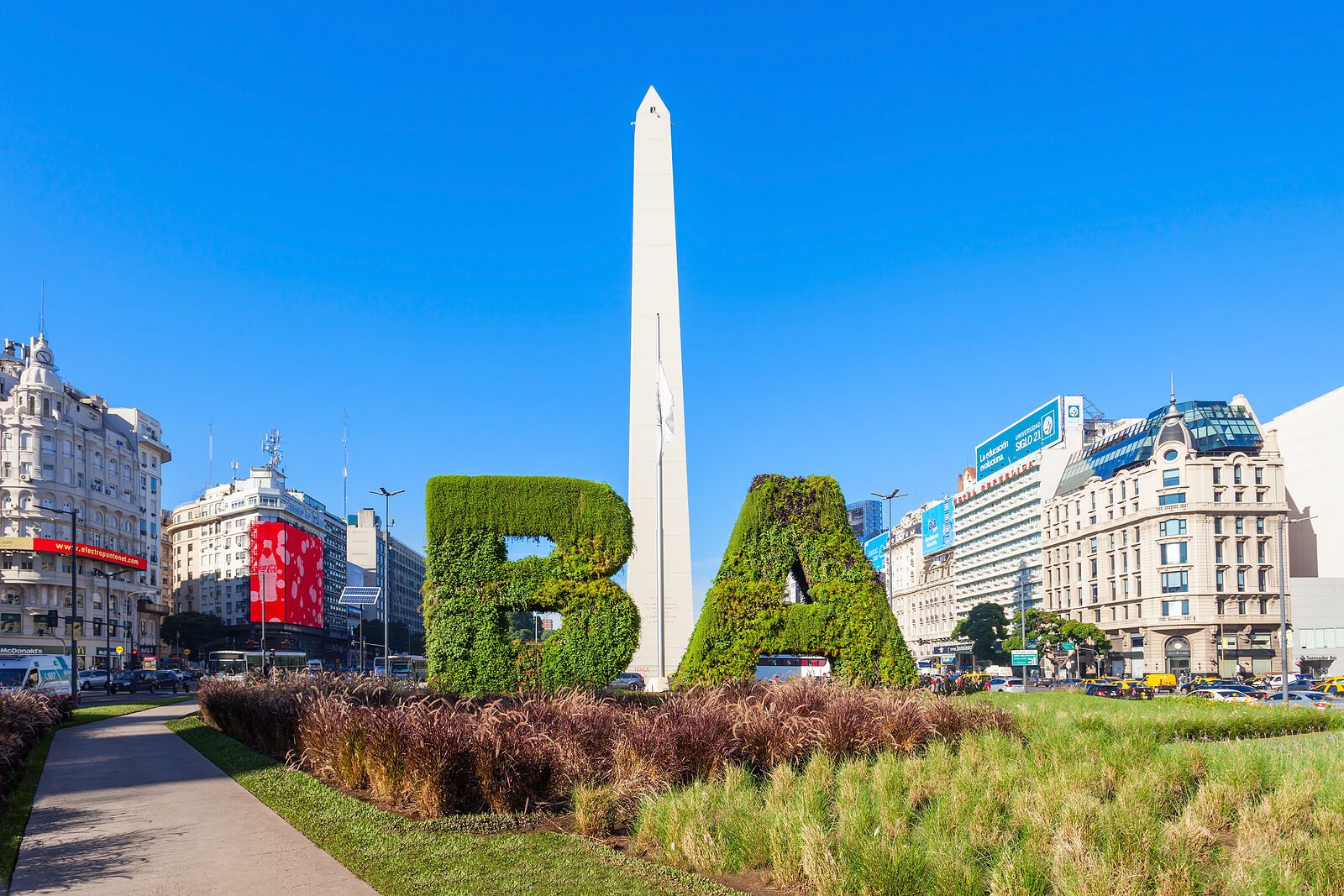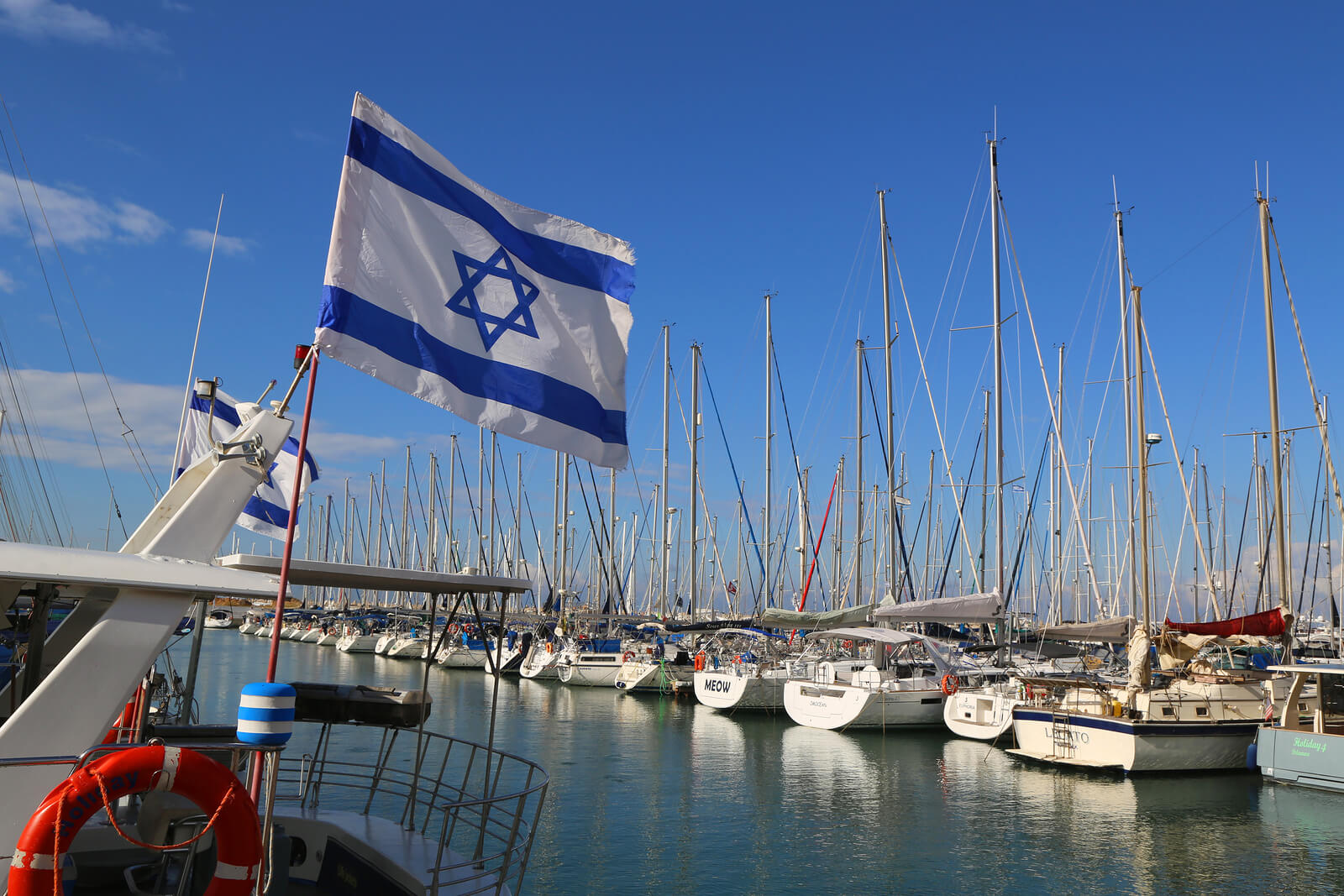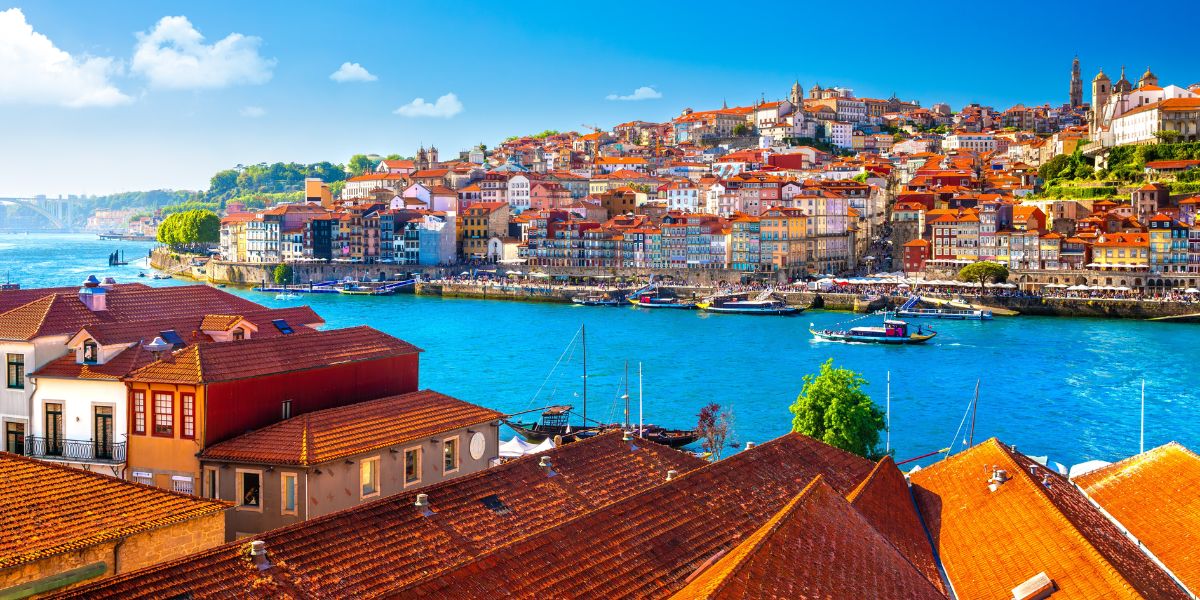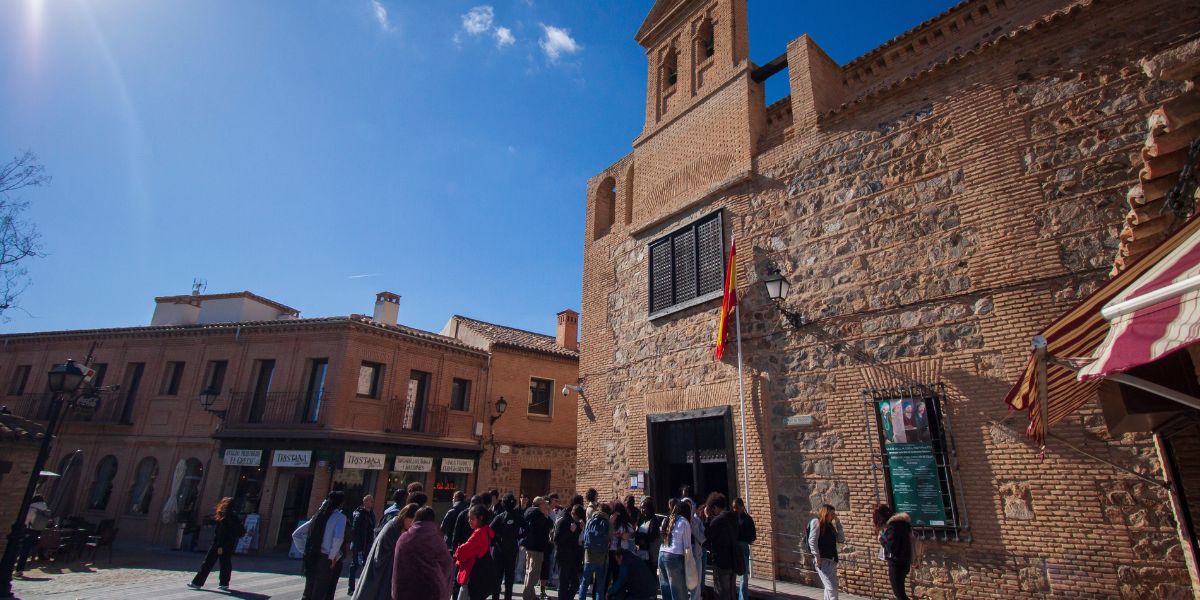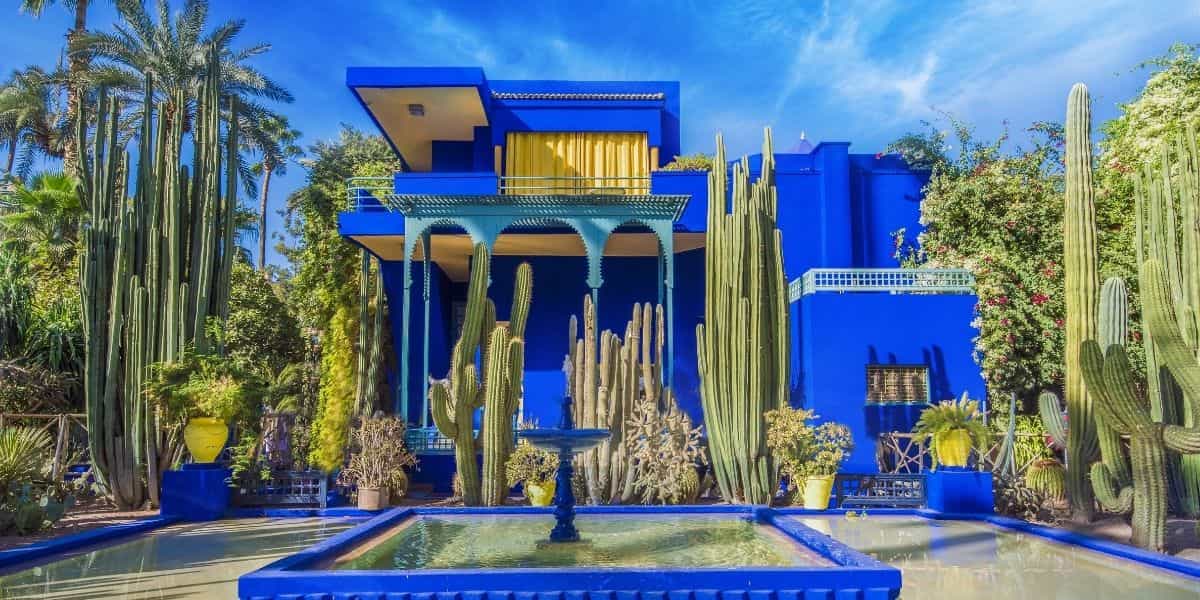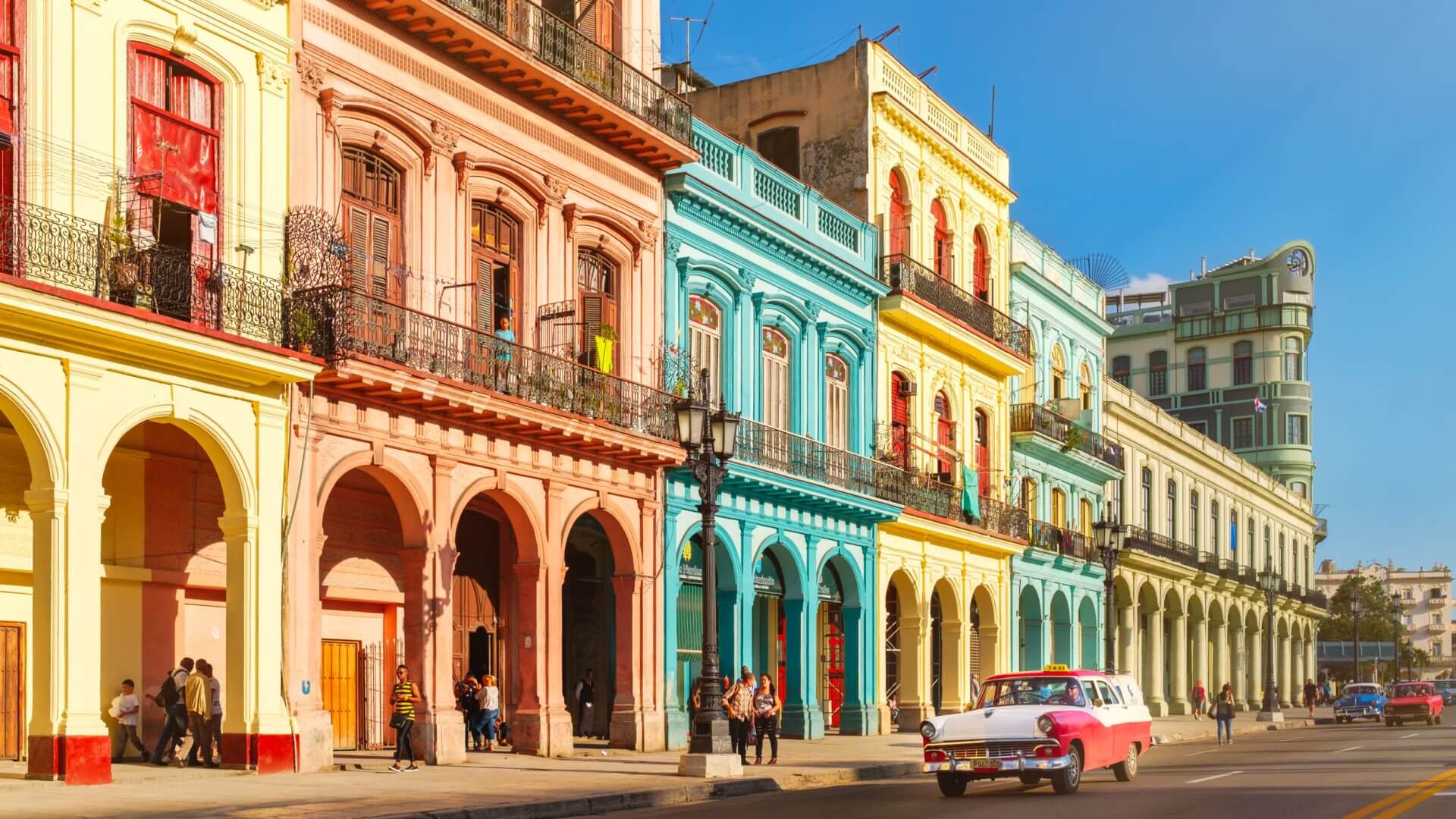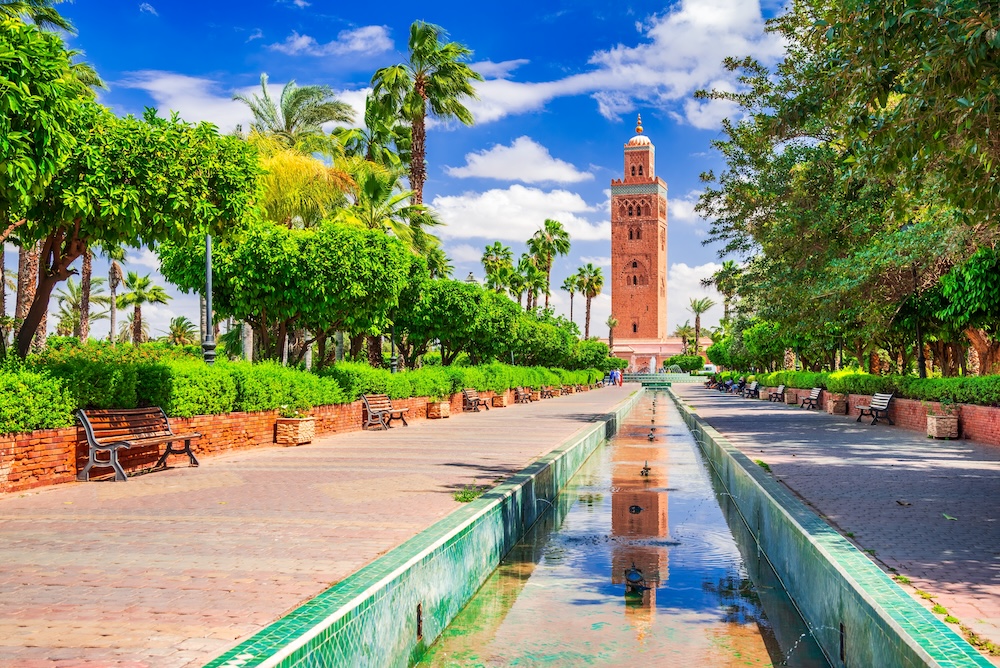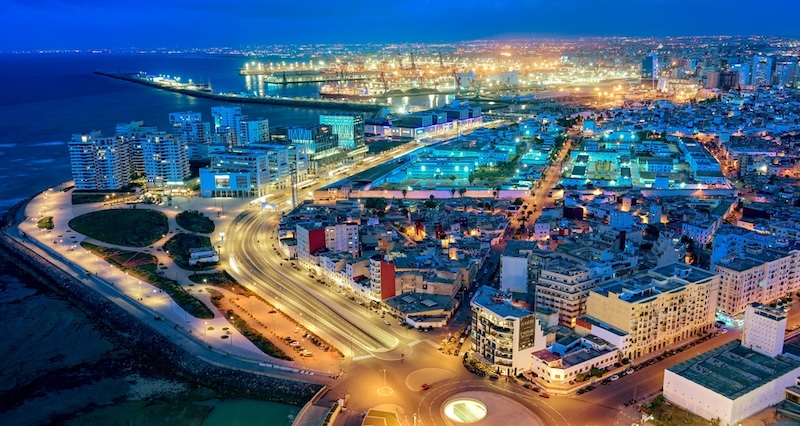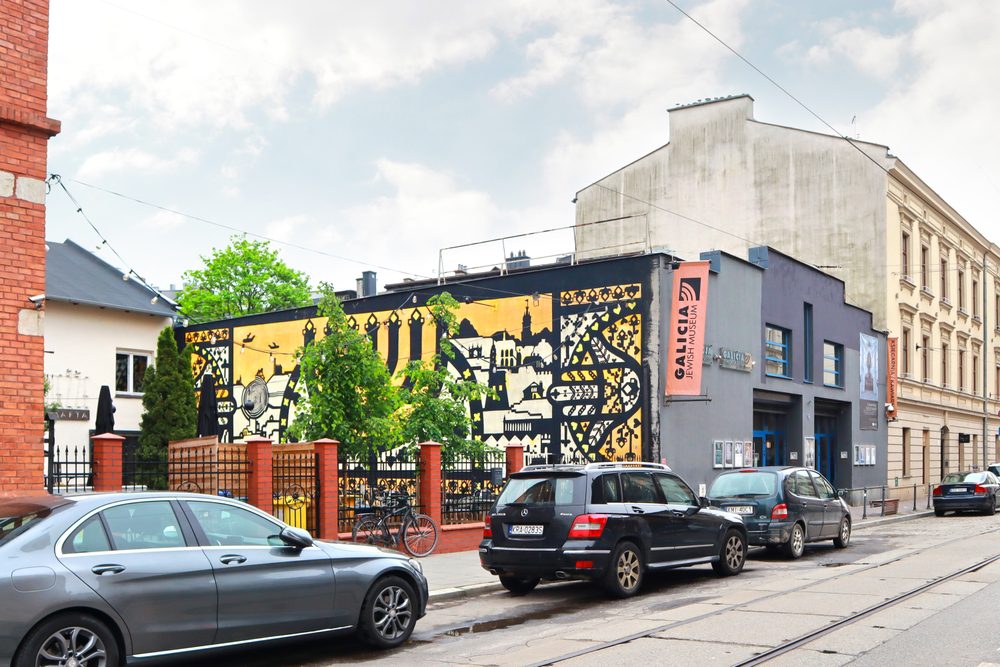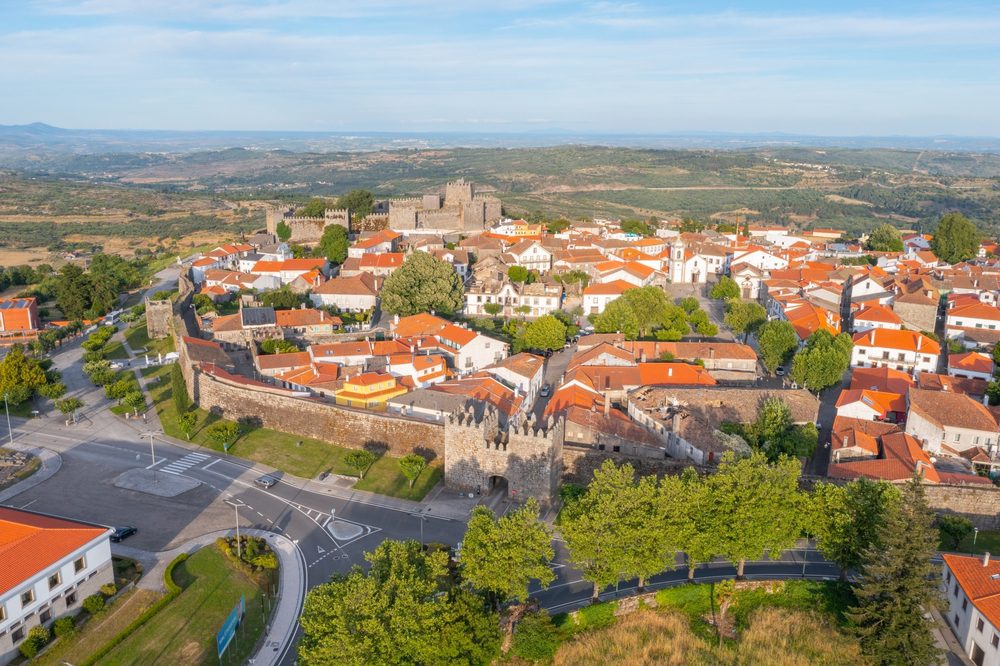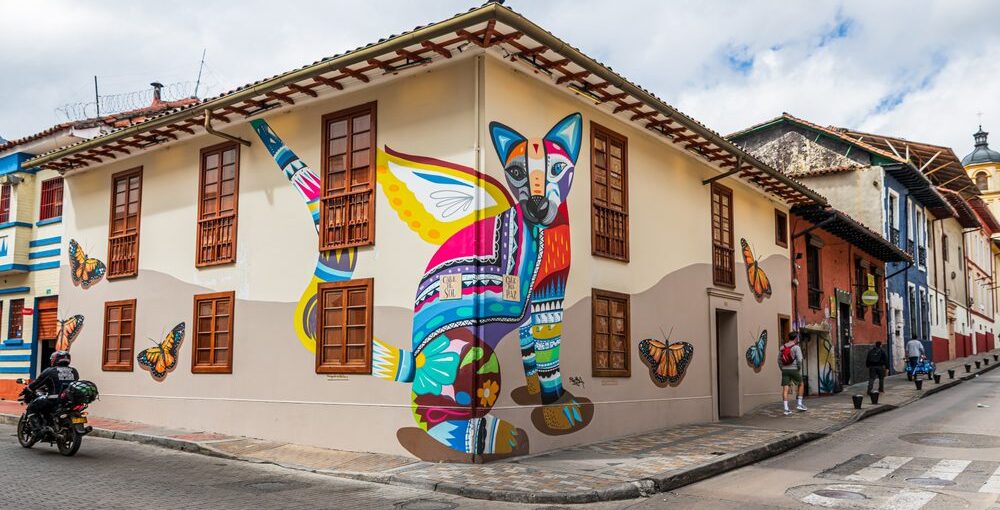Morocco, situated on North Africa’s Atlantic coast, was traditionally a bridge between the African and European continents. Jewish history in Morocco predates the Roman Empire and – although now a fraction of its historical size – the Jewish community is one of the oldest and most enduring outside the Middle East.
If you are an American of Moroccan Jewish heritage, or you simply want to explore an ancient and fascinating aspect of Jewish history, a luxury Jewish trip to Morocco with Gil Travel is an exciting adventure and a chance to gain a unique insight into a warm, vibrant – and very resilient – Jewish culture.
A Brief Overview of Jewish History in Morocco
Little is known about the earliest Jewish origins in Morocco, but the Mediterranean Sea routes enabled long distance travel and trade in antiquity. It’s possible that the first Jews arrived as early as the 6th century BCE, perhaps after the destruction of the First Temple in Jerusalem. More arrived with the bold Phoenician traders and later during Roman rule. The Moroccan Jewish communities continued throughout early Christian and Byzantine Periods and expanded their presence and influence, especially in Northern Morocco..
The Islamic conquest of Morocco in the 7th-8th centuries led to a change in the status of Moroccan Jews. They became Dhimmis (a type of second class citizen who paid a jizya tax in exchange for official protection and the right to practice Judaism). Although subject to some restrictions, the Jewish communities in Morocco generally thrived.
Their counterparts in Catholic Spain and Portugal were ultimately less fortunate. The Edict of Alhambra and the post-1492 expulsions brought waves of Sephardic Jewish refugees to Morocco. Known as Megorashim, the newcomers merged with the indigenous Jewish communities (Toshavim). A syncretic Jewish culture with many Iberian customs, linguistic influences and traditions emerged.
The Role of Moroccan Jews in Society
Moroccan Jews were active in trade and commerce in local markets and over long distance networks, often becoming valued intermediaries between Muslim North Africa, Europe, and sub-Saharan Africa. Sometimes this was on a formal basis with Jews appointed as official envoys or interpreters (negociants) between the Sultan’s court and European governments. Jews also made a mark as craftsmen, gaining a reputation as skilled jewelers, tailors, dyers, bookbinders, and silversmiths.
Muslim rulers were happy to allow Jews to work as moneylenders, tax collectors, and financial advisors. Economic success enabled the emergence of a rich religious culture and Morocco produced prominent rabbinic scholars and Kabbalists, particularly in cities like Fez, Meknes, and Tétouan.
The Darker Side of Jewish History in Morocco
Although Moroccan Jews enjoyed better conditions and greater safety than many of their Diaspora counterparts, their status as dhimmis – second class citizens who depended on the goodwill of Islamic regimes – inevitably created a sense of precariousness. Occasional outbreaks of violence, plunder, and forced humiliation did occur.
Jews were obliged to live in Mellahs (walled Jewish quarters or ghettos) separated from the Muslim population. During the 12th century Almohad dynasty there was active persecution and many Jews were forced to convert to Islam or flee to safer regions.
The Modern Jewish Community in Morocco
Over the centuries Moroccan Jews experienced more periods of coexistence with continued segregation. The French colonial period improved their situation and created powerful new cultural inputs. Jews were quick to exploit new educational opportunities through institutions like the Alliance Israélite Universelle and the cultural integration that education brought. Greater sophistication also enabled emigration to places like Israel, France, and Latin America.
Although early Moroccan nationalism was officially inclusive, Arab-Israeli wars fueled communal tension and rapid mass emigration followed. Between 1956 and the 1970s almost a quarter of a million Moroccan Jews left the country. Today, only a few thousand remain.
Planning a Luxury Moroccan Jewish Heritage Tour
Jewish heritage tours of Morocco can be a wonderful adventure, and a customized luxury tour with Gil Travel is a perfect way to go beyond the normal tourist sites and dig deeply into the fascinating
history of the Moroccan Jews. Gil Travel can arrange expert English speaking guides to each location, as well as lectures by experts, private access to synagogues, museums and archives, and meetings with members of the Moroccan Jewish community.
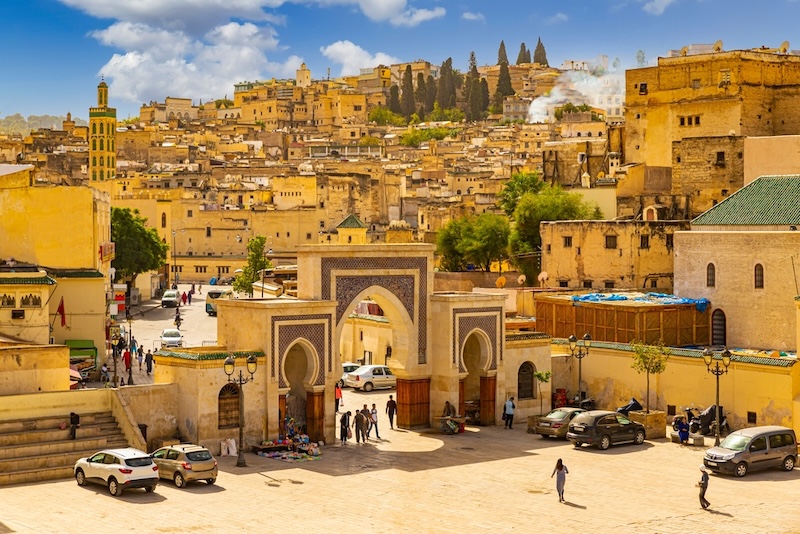
Fez: The Athens of Africa
The picturesque city of Fez, set in the hilly country of Northern Morocco was once known as the Athens of Africa. For centuries it was home to a thriving Jewish community and has one of the oldest mellahs (walled Jewish quarters) in the country and the Alfassiyine Synagogue. Fez was a major center of Jewish scholarship and spirituality. Today, less than 200 Jews remain to continue the traditions, but Fez is a wonderful city to explore.
Notable Jewish Residents of Fez
- Dunash Ben Labrat – 10th century poet
- Judah ben David Hayyuj – 11th century grammarian
- Isaac a–Fasi – 12th century Talmudist
- Joseph Ben Judah ibn Aknin – 13th century scholar
- Maimonides – 12th and 13th century luminary.
Marrakech:
Marrakech was founded in 1070 and is famous for its red sandstone walls. Until the arrival of the French in 1912, Marrakech Jews were largely confined to the Mellah (situated in the Kasbah area). At one time, the Mellah was a thriving business and commercial district, and boasted its own fountains and gardens. Today, the historical Mellah is mainly a Muslim area, but it’s an amazing place for a private guided walking tour. Every building and street reveals something of Moroccan Jewish heritage and an expert guide can bring the Jewish past to life and provide detailed information about the souks and synagogues (especially the Lazama Synagogue) that were once centers of communal life in the Mellah, as well as a tour of the cemetery. Today there are perhaps 250 Jews still living in Marrakech. Gil Travel may be able to arrange introductions to the community.
Casablanca: Morocco’s Most Iconic City
Casablanca was the setting of the famous 1942 film starring Humphrey Bogart and Ingrid Bergman, but its Jewish past goes back centuries. In the 1950s there were over 100,000 Jews in the city and it was a hub of Jewish cultural life in Morocco. Casablanca was the focal point of Operation Yachin, the semi-covert Mossad operation to bring Moroccan Jews to Israel in the early 1960s.
The Atlantic coastal city is home to the Museum of Moroccan Judaism (the only Jewish museum in the Arab world) and the Beth-El Synagogue. Casablanca is a fascinating place to explore and the spring and autumn weather is lovely. If you’re looking for high end souvenir shopping, Gil Travel can arrange trips to Casablanca’s luxury stores. Guided tours of the city can also include visits to active synagogues, kosher butchers, and other community institutions.
Essaouira (Mogador): The Jewish Port
The Atlantic port of Essaouira (once known as Mogador) was settled by Jews at the invitation of Mohammed III who wanted to boost trade with Europe. At one time, the city’s population was over half Jewish. Mogador was a prosperous city, but the collapse of the caravan trade and the emigration of the Jewish community to Israel effectively ended the port’s Moroccan Jewish heritage. What remains today – apart from three or four Moroccan Jews – is the historical Mellah, an important Jewish cemetery, the town’s synagogues and the modern Bayt Dakira or Jewish heritage house.
Meknes and Rabat:
The 11th century city of Meknes is notable for its fortifications and spectacular gates. The Jewish Mellah was located near the Kasbah and was home to a significant community that was added to by Jewish refugees fleeing the Spanish Inquisition. Meknes was home to a number of prominent rabbis and its two cemeteries contain the graves of Haim Messas, David Boussidan, and Raphael Berdugo. The El Krief Synagogue is also an important heritage site. If you’re lucky enough to be in Meknes for Lag B’omer, you’ll meet the Jewish pilgrims who visit the city.
Rabat is Morocco’s modern capital and was once 10% Jewish and the community traced its origins back to the ancient world when there was a Phoenician presence in the city. There is a separate walled city called the Chellah that was believed to house an ancient Jewish community. The historical Mellah and synagogues still attract visitors who can also visit the graves of Eliezer de Avila and Chalom Zaoui in the old cemetery. An interesting – and disreputable – footnote in the history of Jewish Rabat is the story of the Portuguese Conversos who joined the Salé pirates and preyed on shipping.
Plan a Custom Jewish Heritage Tour of Morocco
Morocco has one of the richest and most interesting Jewish cultures and histories in the entire Diaspora, but it’s a culture that too few American Jews encounter. A luxury tour of Morocco with Gil Travel is a wonderful way to explore the Jewish history of Morocco and connect with the small surviving community.
The best time to visit Morocco is in the late spring or early autumn, when the weather is generally warm and sunny and the evenings are a little cooler. Private walking tours are a wonderful way to explore the old Mellahs and take in the stimulating combination of old Jewish architecture and modern urban life.
Morocco’s Jewish cemeteries are carefully maintained and are regularly visited by local Jews and Jewish tourists whose ancestors are buried in them. Although Morocco is a Muslim country, the government, under King Mohammed VI, is keen to preserve Jewish heritage sites and protects the rights of the small Jewish community that remained in Morocco. The Monarchy actively supports Jewish heritage sites and cultural events and the Moroccan Jewish diaspora maintains relatively close ties with the country.
American Jews are welcome in Morocco and a luxury heritage tour is the perfect way to explore one the world’s most interesting countries.
